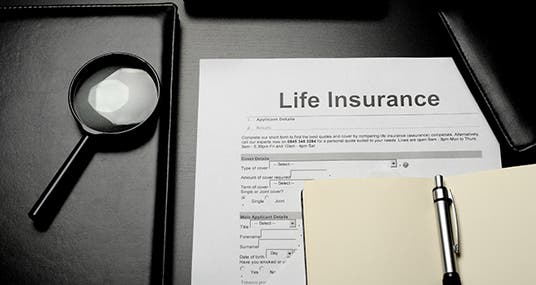
The discount rate matters for the second. 9% historical nominal return from the S&P 500) the opportunity cost of deploying your capital into whatever you're calculating NPV for (e.g.8% annualized interest rate to borrow \$1m with 10% outstanding principal repayment every year) how much it costs you to borrow money (e.g.Look at any Income Statement + Cash Flow Statement on any 10-K from sec.gov and you'll see this to be true.Īs Charlie Munger says, "I've never heard an intelligent cost of capital discussion".Ĭost of capital can mean two things, and it's often not clear which definition people are using. Cash Flows from Operating Activities does include interest payments. I think the fundamental misunderstanding you have is that you think that Cash Flows from Financing Activities includes interest payments. Finance textbooks usually consider no repayment, although real projects usually do consider. In my mind, that would affect the NPV of the project. Is that right? What am I missing out here? Is is because the NPV of a loan is zero? Suppose a delayed payment. Maybe one could think that 19,82 is the NPV for the investor. Net profits for years 1,2 and 3 are 50, 70 and 80, yielding an NPV of 19,82. Now suppose debt installments of -50 during the three-year period so all debt is paid at the end of the project.

With a cost of capital of 8%, the NPV would be 148,67. Costs are set to -100 for three years so gross profits are 100, 120 and 130. Income for years 1,2 and 3 are 200, 220 and 230. Suppose an initial investment of -150, totally funded by debt. I get the idea of not including interest (as it should be included in the cost of capital), but I don't understand why debt repayments theoretically would not affect NPV.

Textbooks in finance claim that one should not include financial cashflows in capital budgeting.


 0 kommentar(er)
0 kommentar(er)
